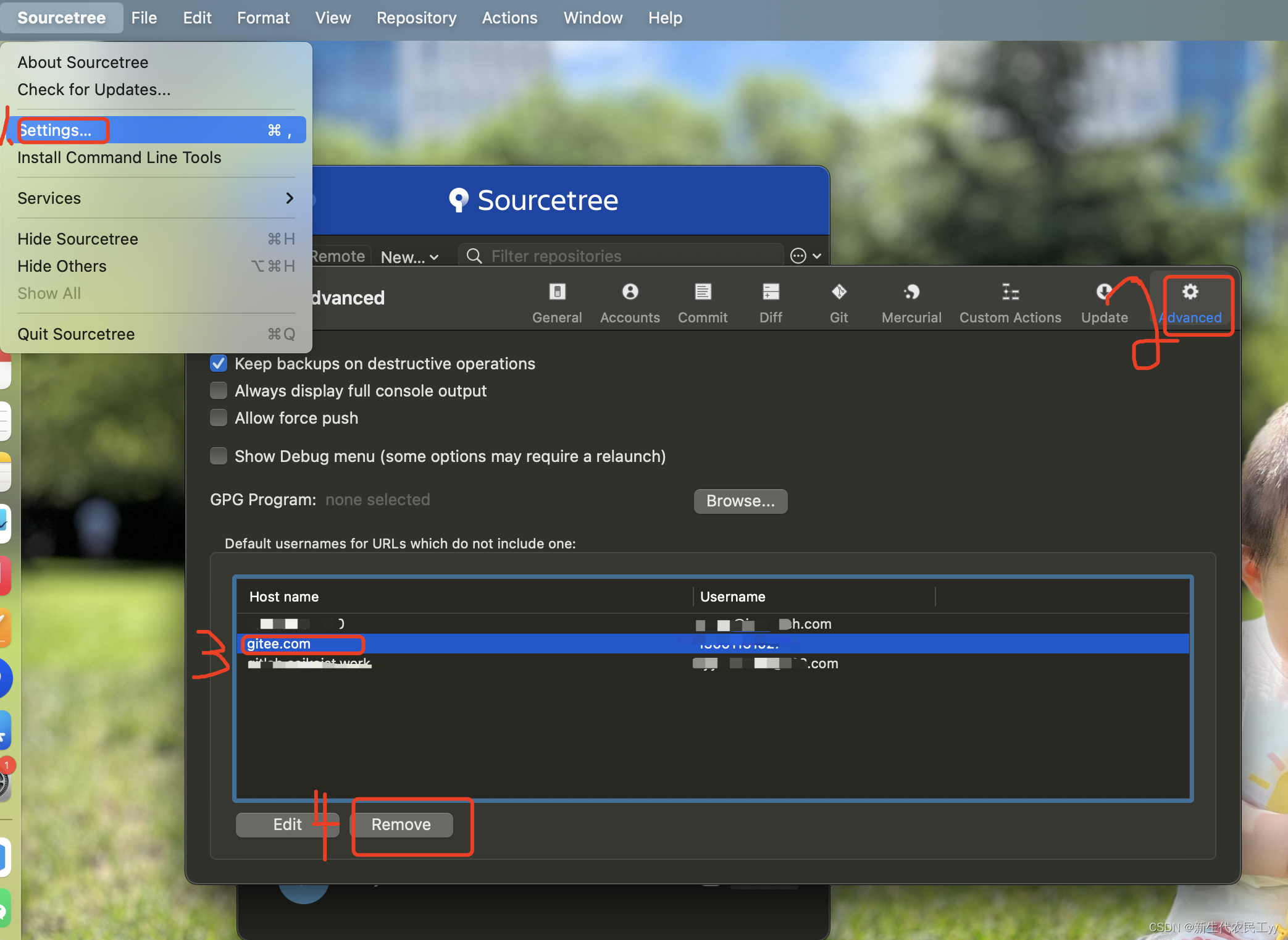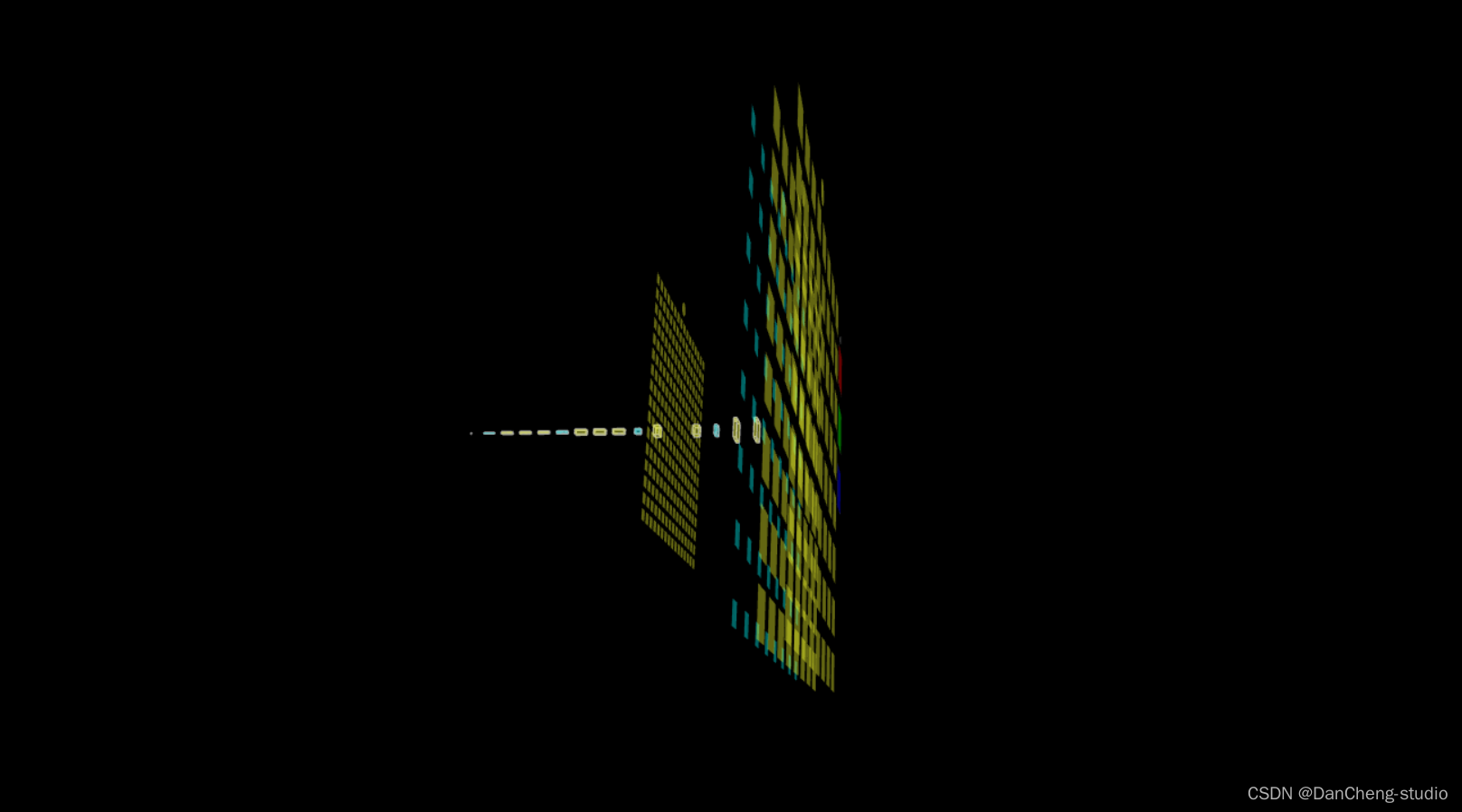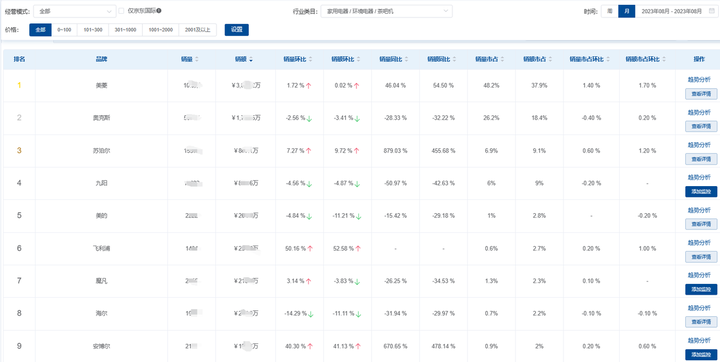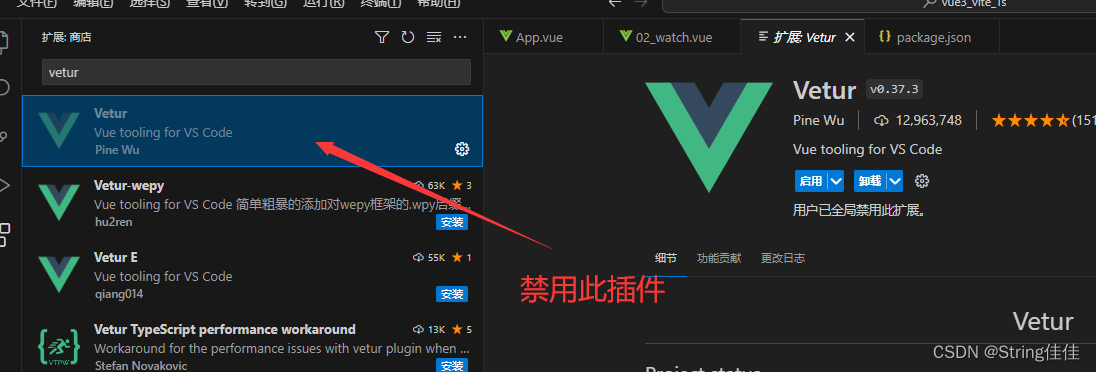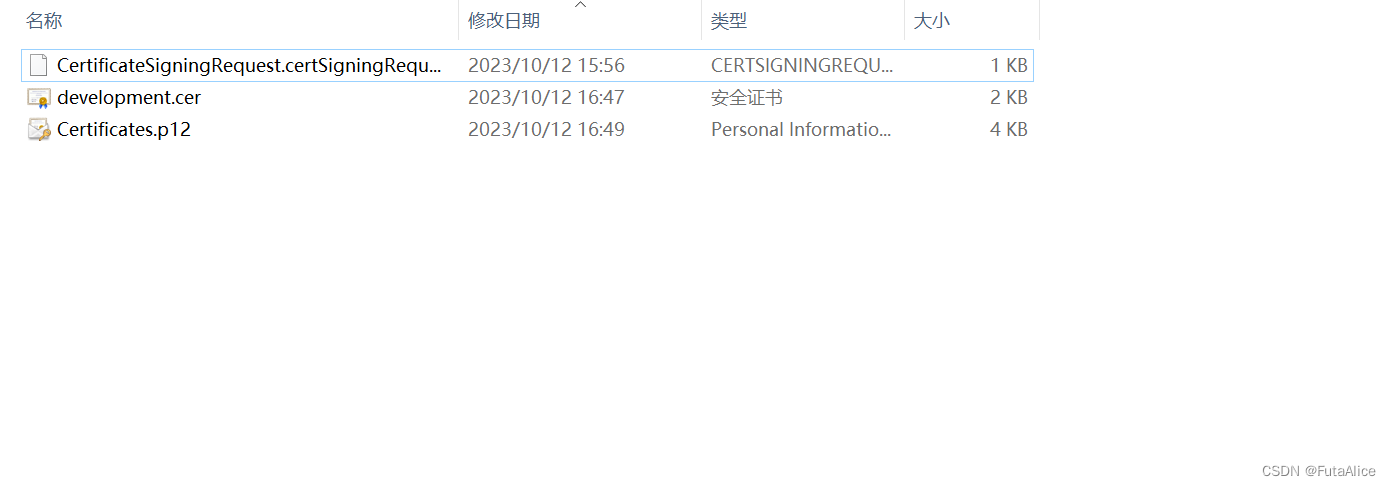文章目录
- 前言
- 一、make_unique函数
- 1.1 什么是make_unique?
- 1.2 如何使用make_unique?
- 1.3 make_unique的函数原型如下:
- 1.4 示例代码
- 示例1: 创建一个动态分配的整数对象
- 示例2: 创建一个动态分配的自定义类型对象
- 示例3: 创建一个动态分配的数组对象
- 示例4: 创建一个动态分配的自定义类对象数组
- 总结
前言
在C++14标准中引入了一系列方便而强大的函数模板,旨在简化和改进代码的编写和可读性。其中之一是std::make_unique函数模板,它提供了一种更安全和方便的方式来创建和管理动态分配对象。本文将介绍std::make_unique的作用,它是如何使用的,以及四个示例代码来展示其实际应用。
一、make_unique函数
1.1 什么是make_unique?
make_unique是C++14引入的一个函数模板,用于创建并返回一个指向动态分配对象的unique_ptr智能指针。它是为了简化代码,避免手动使用new和delete,以及确保资源的正确释放而设计的。
1.2 如何使用make_unique?
使用make_unique非常简单,并且遵循以下步骤:
a. 包含头文件。
b. 调用make_unique函数模板,并传入要创建对象的类型和构造对象所需的参数。
1.3 make_unique的函数原型如下:
template< class T, class... Args >
std::unique_ptr<T> make_unique( Args&&... args );

其中,T代表指向动态对象的指针类型,Args代表构造对象时传递的参数类型,而args则是实际的构造参数。
1.4 示例代码
示例1: 创建一个动态分配的整数对象
#include <iostream>
#include <memory>int main() {std::unique_ptr<int> ptr = std::make_unique<int>(42);std::cout << "Value: " << *ptr << std::endl;return 0;
}

输出:
Value: 42
示例2: 创建一个动态分配的自定义类型对象
#include <iostream>
#include <memory>struct Point {int x;int y;Point(int x, int y) : x(x), y(y) {}
};int main() {std::unique_ptr<Point> ptr = std::make_unique<Point>(10, 20);std::cout << "Point: (" << ptr->x << ", " << ptr->y << ")" << std::endl;return 0;
}

输出:
Point: (10, 20)
示例3: 创建一个动态分配的数组对象
#include <iostream>
#include <memory>int main() {std::size_t size = 5;std::unique_ptr<int[]> ptr = std::make_unique<int[]>(size);for (std::size_t i = 0; i < size; ++i) {ptr[i] = i + 1;}std::cout << "Array: ";for (std::size_t i = 0; i < size; ++i) {std::cout << ptr[i] << " ";}std::cout << std::endl;return 0;
}

输出:
Array: 1 2 3 4 5
示例4: 创建一个动态分配的自定义类对象数组
#include <iostream>
#include <memory>class MyClass {
public:MyClass(int value) : value_(value) {std::cout << "Constructor called with value: " << value_ << std::endl;}~MyClass() {std::cout << "Destructor called with value: " << value_ << std::endl;}void PrintValue() const {std::cout << "Value: " << value_ << std::endl;}private:int value_;
};int main() {std::size_t size = 3;std::unique_ptr<MyClass[]> ptr = std::make_unique<MyClass[]>(size, 10);for (std::size_t i = 0; i < size; ++i) {ptr[i].PrintValue();}return 0;
}
输出:
Constructor called with value: 10
Constructor called with value: 10
Constructor called with value: 10
Value: 10
Value: 10
Value: 10
Destructor called with value: 10
Destructor called with value: 10
Destructor called with value: 10
总结
在本文中,我们了解了std::make_unique函数模板的作用和用法。它简化了动态对象的创建和管理,避免了手动调用new和delete,并确保资源的正确释放。通过四个示例代码,我们演示了std::make_unique在不同情况下的实际应用,包括创建动态整数对象、自定义类型对象、数组对象和自定义类对象数组。通过使用std::make_unique,我们可以编写更清晰、更安全的代码,同时避免了许多常见错误或内存泄漏的风险。因此,掌握和灵活应用std::make_unique对于C++开发者来说是非常重要的。
![[ROS2系列] ubuntu 20.04测试rtabmap 3D建图(二)](https://img-blog.csdnimg.cn/f01360f12f9b4ad7854fea51c0e87f76.png)

